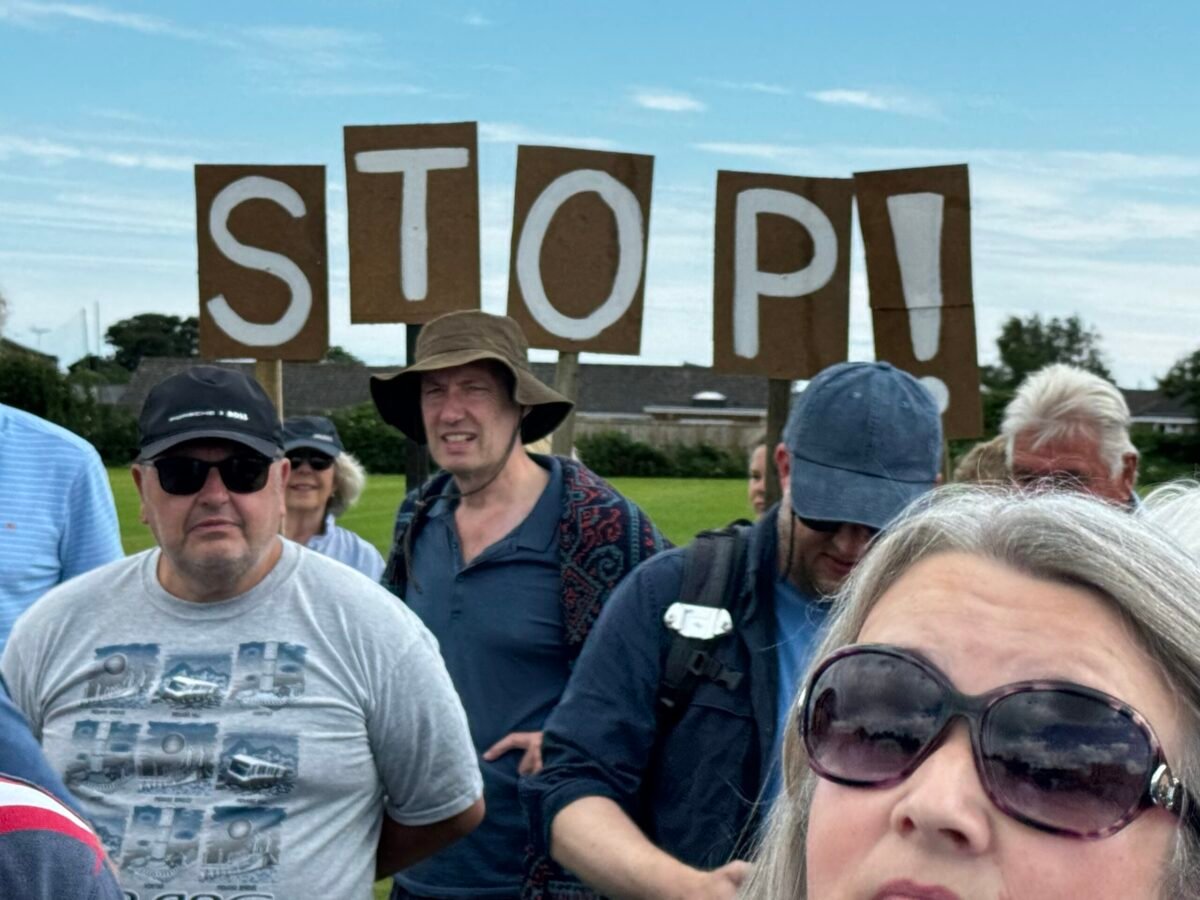
Is all housing good housing? I think not. Look what’s happening in Bembridge on the Isle of Wight. Building has already started on 58 new homes on green field sites and another 130 are waiting

WHAT IS CAFE BRIDGE? Some of you will already know that Cafe
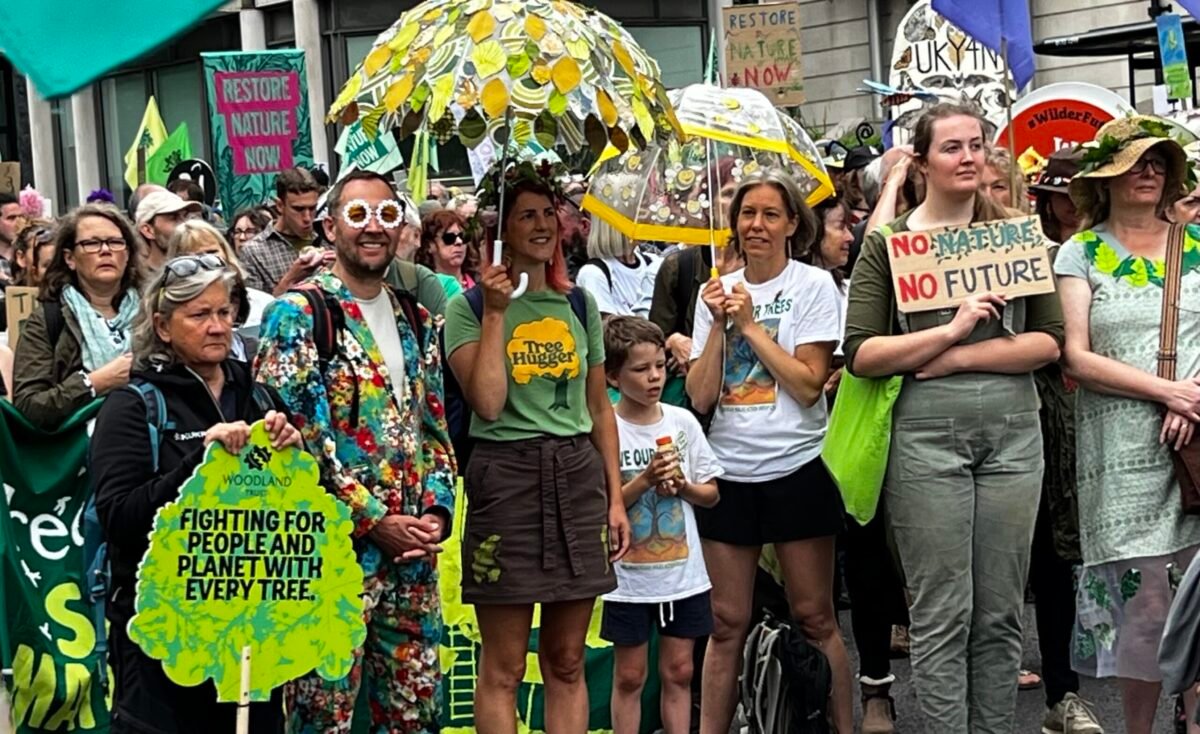
What possible reason could there be for the BBC totally ignoring up
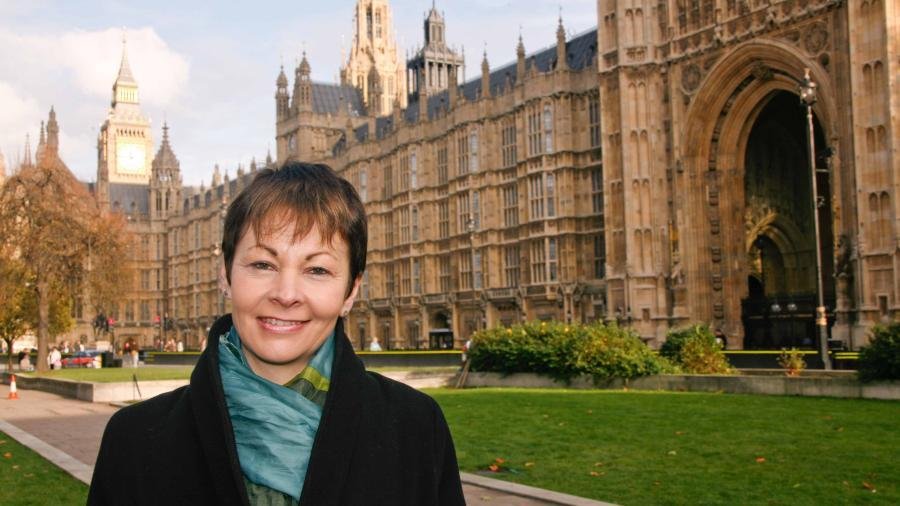
Have you ever heard Caroline Lucas, our first Green MP, speak? If

Full steam ahead for our third Wilding Weekend. It will be on
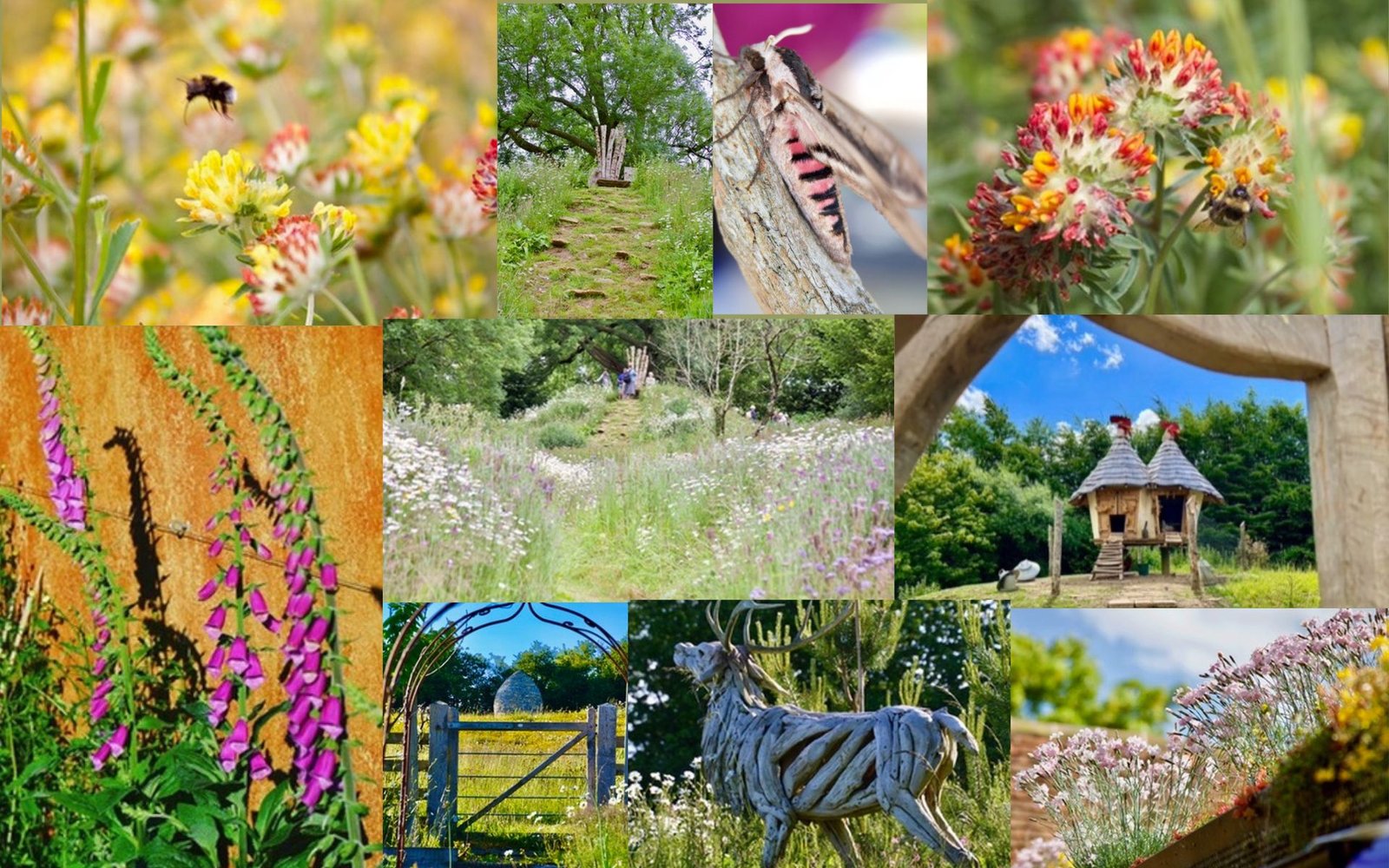
Full steam ahead for our third Wilding Weekend. It will be on
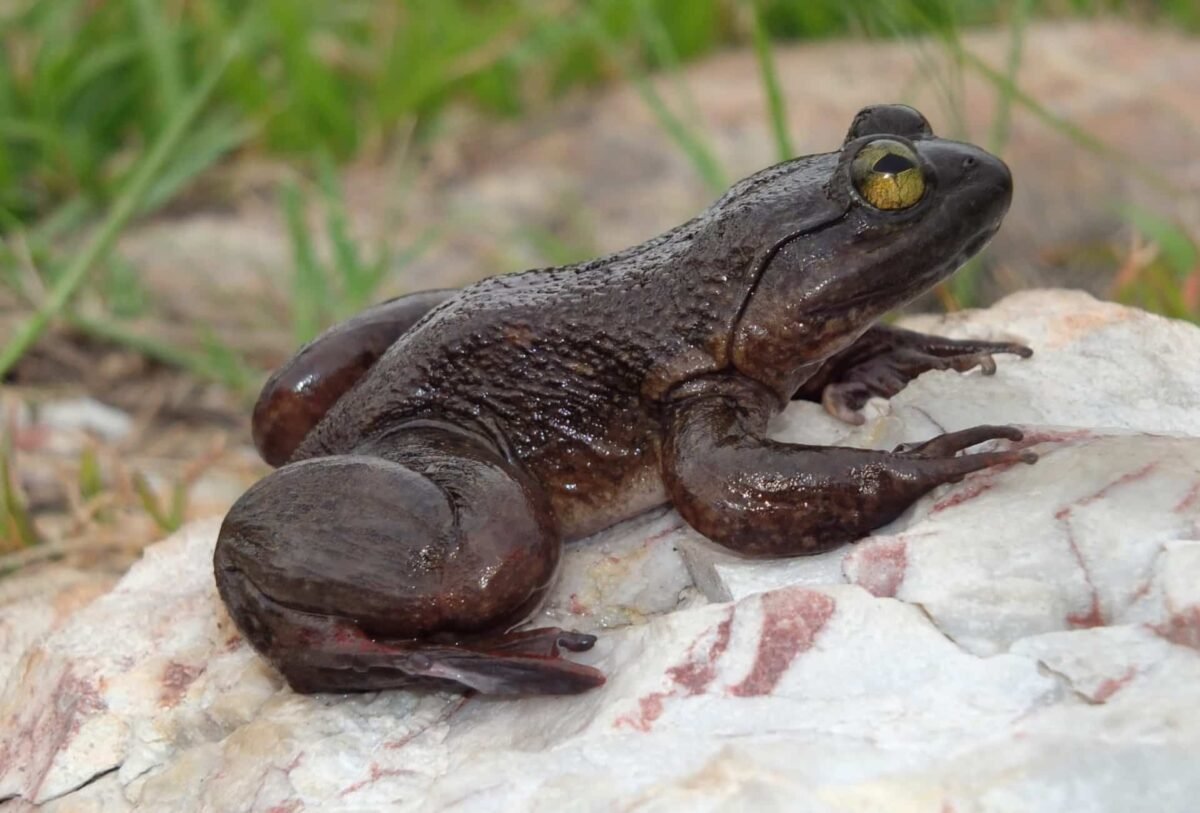
Do you love frogs? You’re not alone. I love them too. Last

Are you concerned about e-waste? If not you should be! Over half
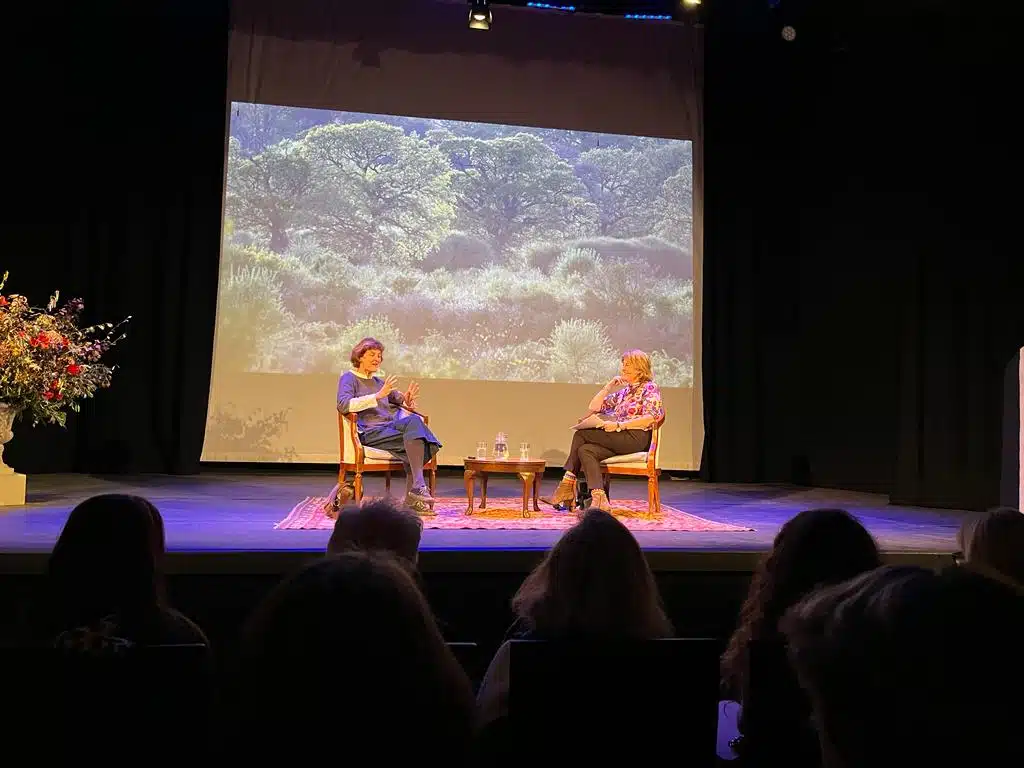
The Electric Palace in Bridport was packed. The Bridport Literary Festival or Bridlit had

Our scything day was joyous. Watching the scythers sweep through the grass
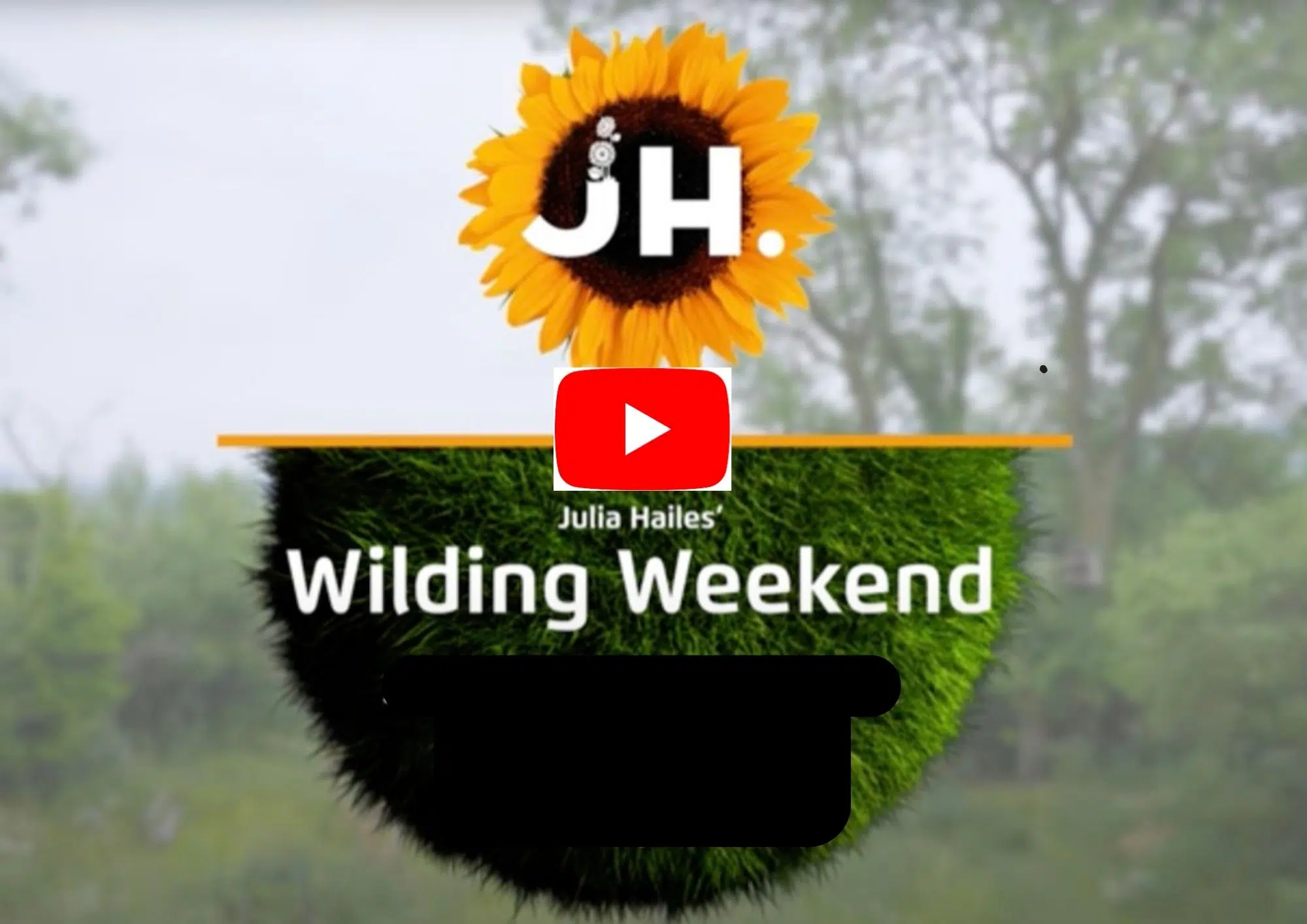
Watch the video of our Wilding Weekend, held in June 2023 –

It was tremendously exciting to get such positive feedback from visitors to

AUGUST 2024 UPDATE: Bridport Cafe Bridge 2023 was a great success with
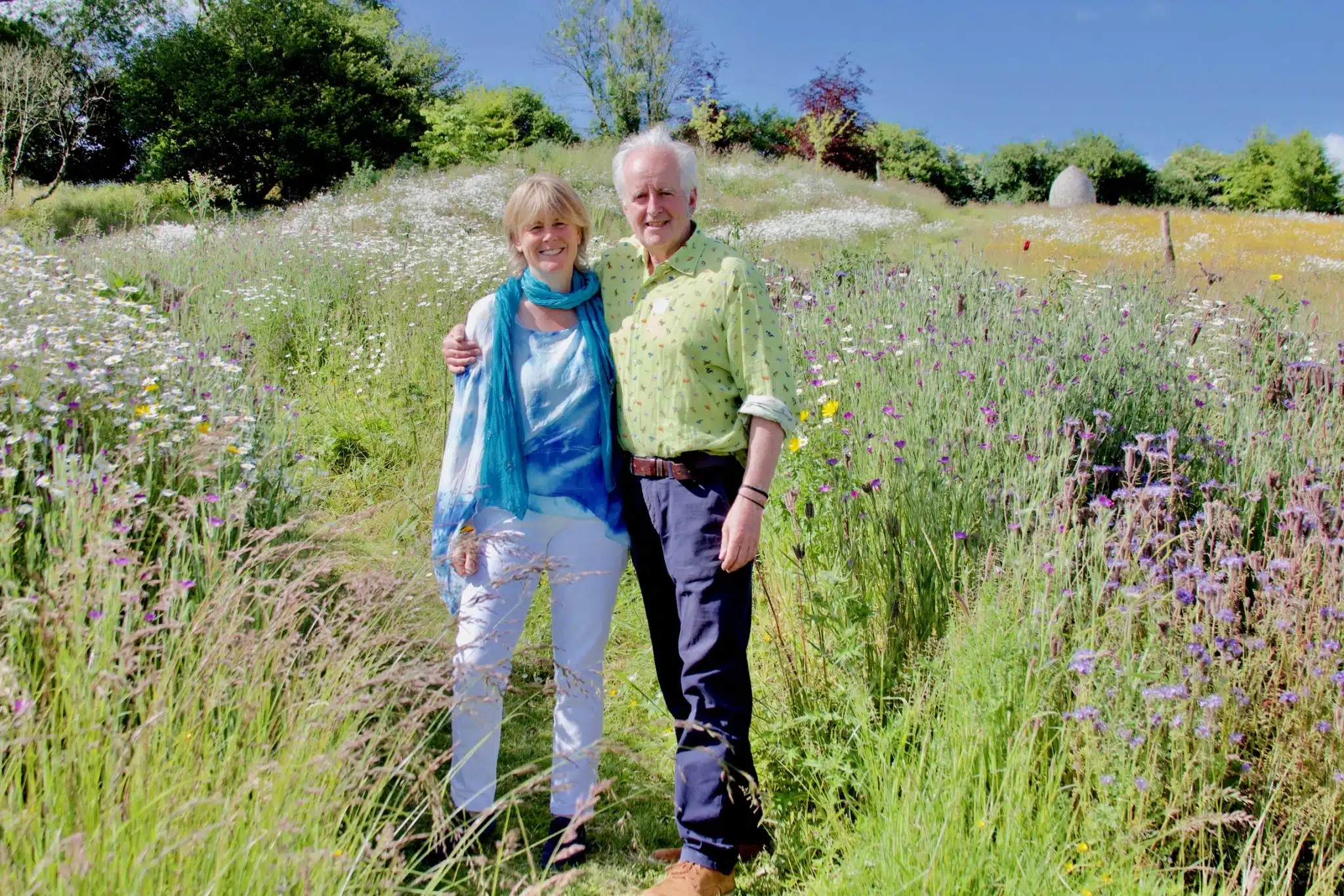
During the weekend there will be guided tours, talks, exhibitors and stalls
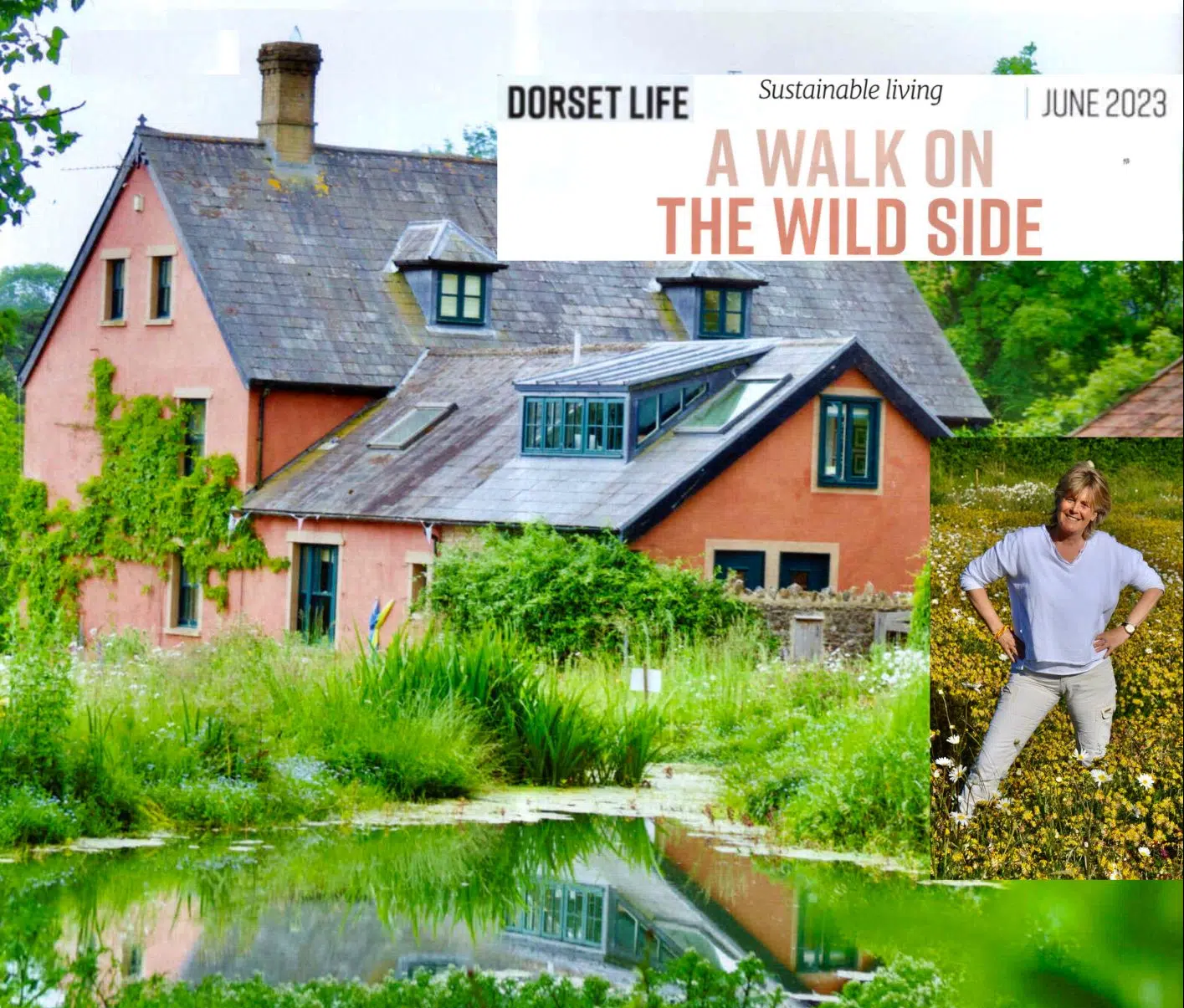
I loved being described as ‘probably the most effective person you’ve never
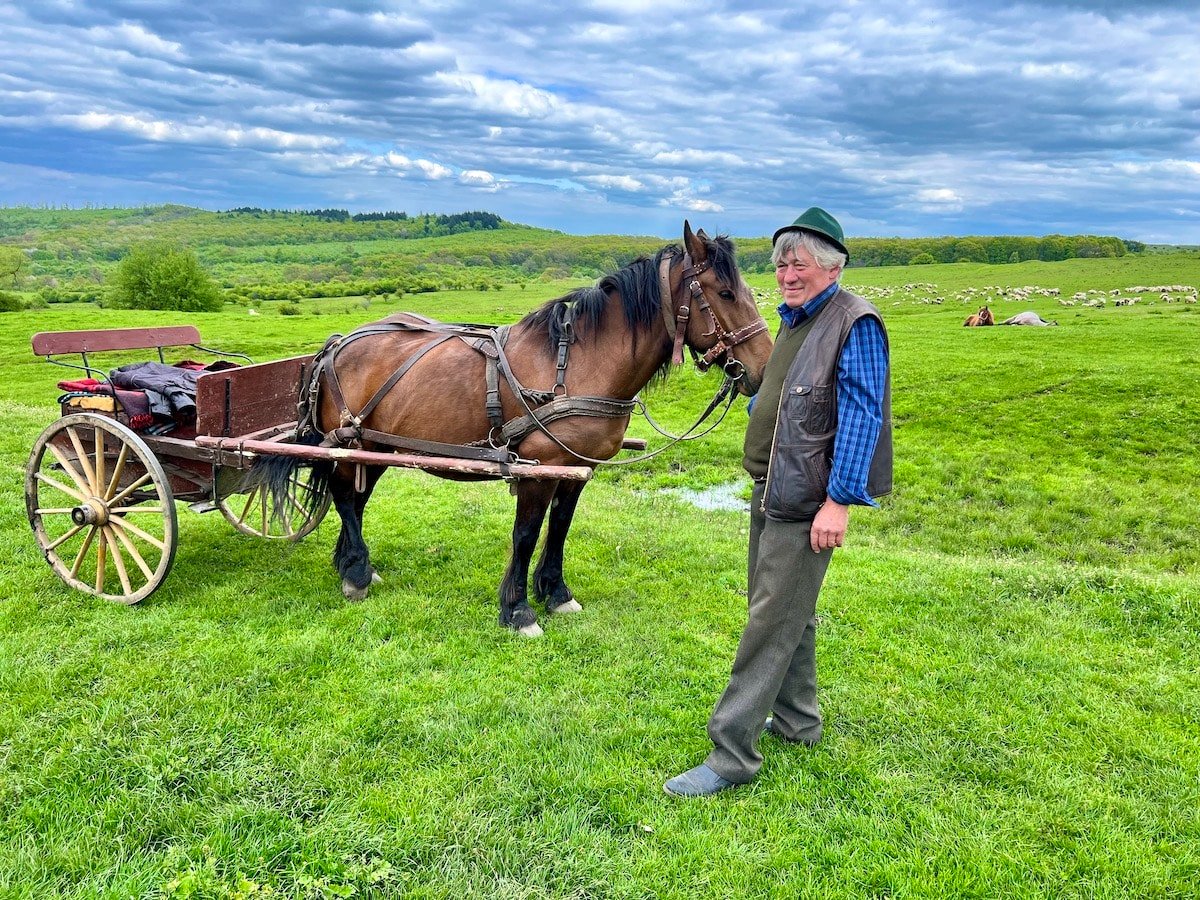
We cycled for over 100 miles and didn’t go through a gate.
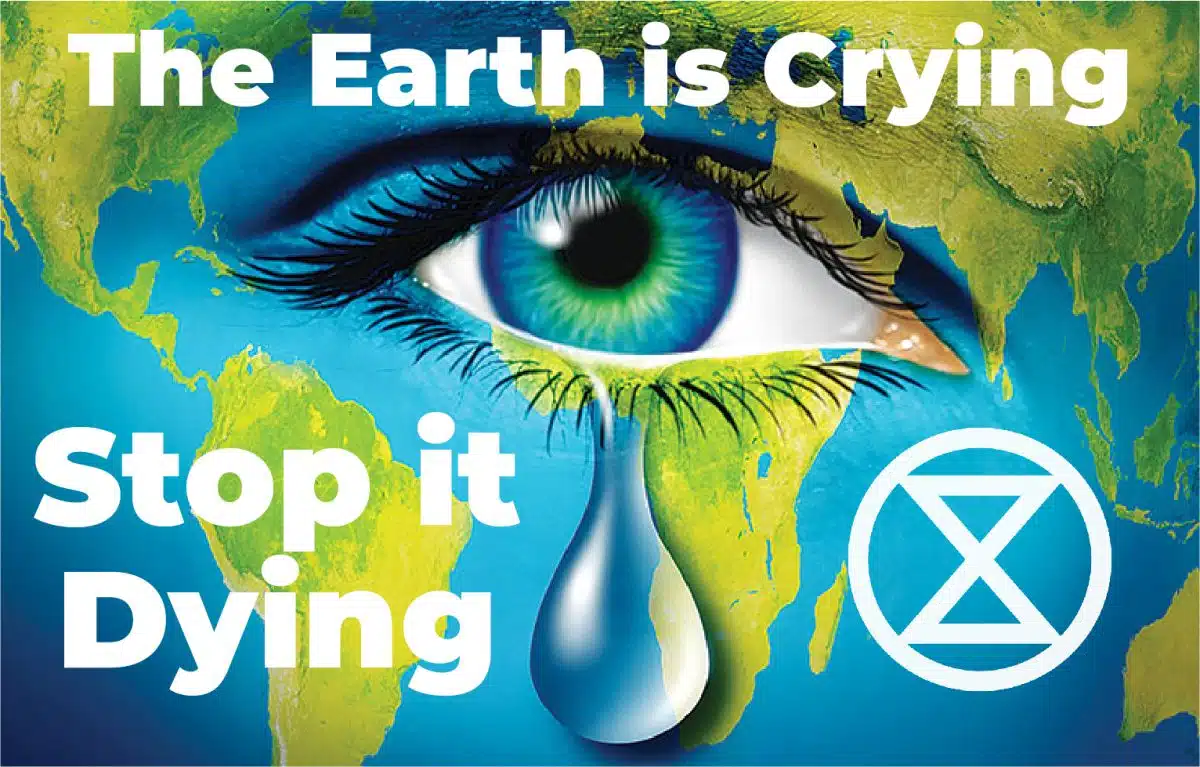
The invitation is for everybody to Unite to Survive at ‘The Big One’ –

A flock of sheep will eat pretty well everything in their path

On 17th and 18th June 2023, my husband Jamie Macdonald and I

I’m going to be speaking about Wilding at Slader’s Yard, West Bay
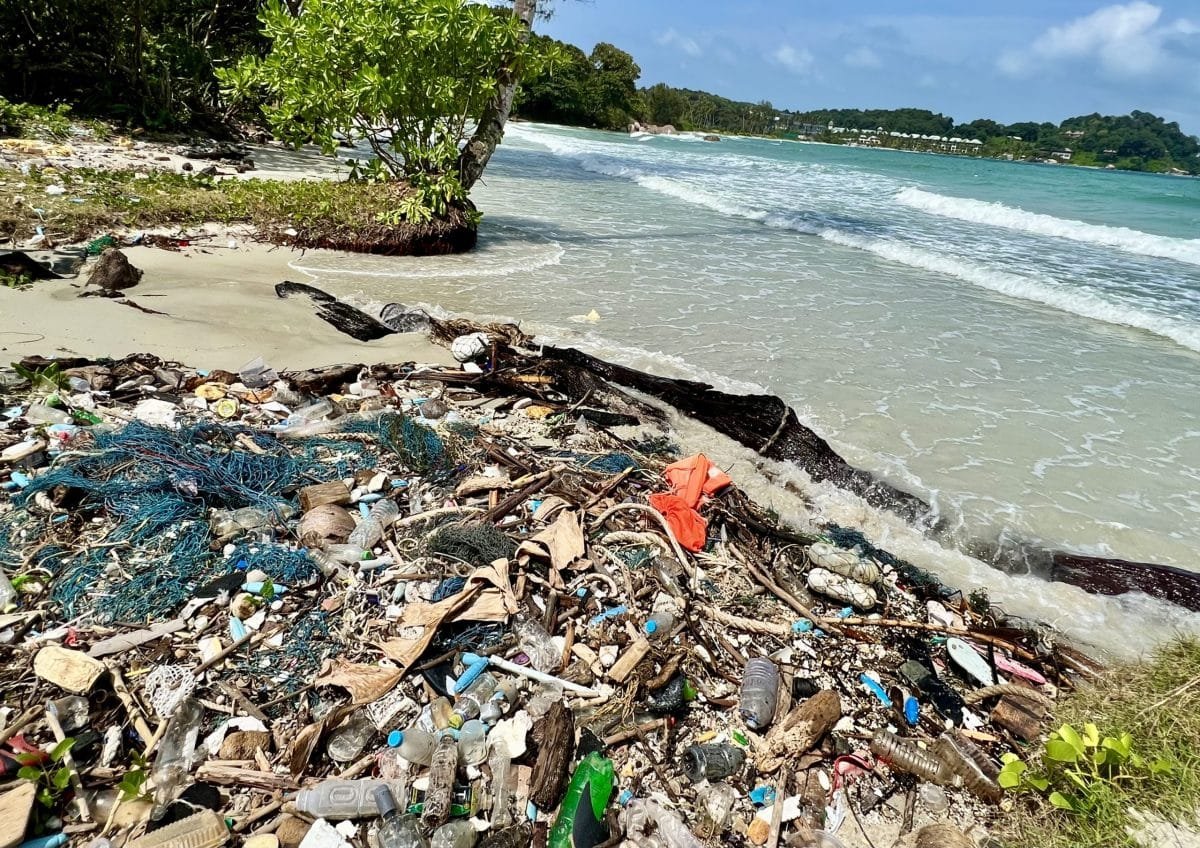
It felt like Armageddon. We went on a ‘nature bike ride’, but

We weren’t far from Singapore, but it was another world. Two tropical
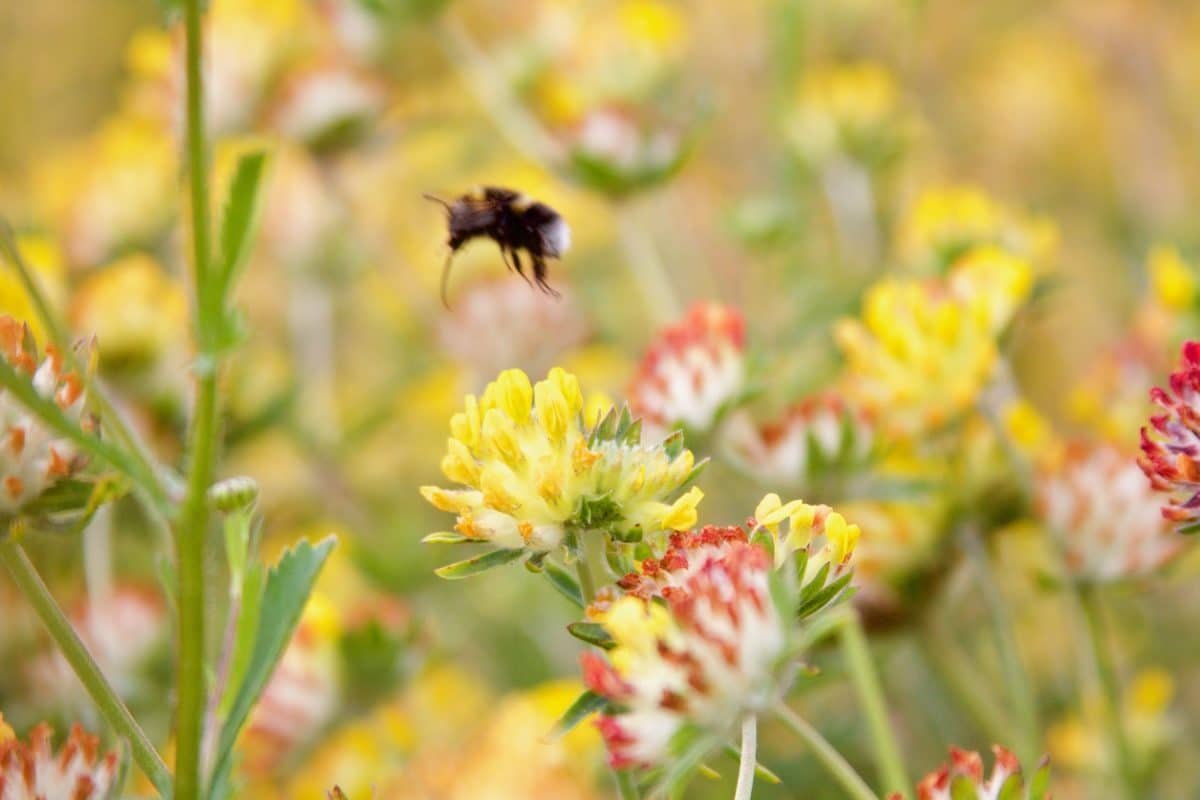
We organised the very first Wilding Weekend in June 2022, at our